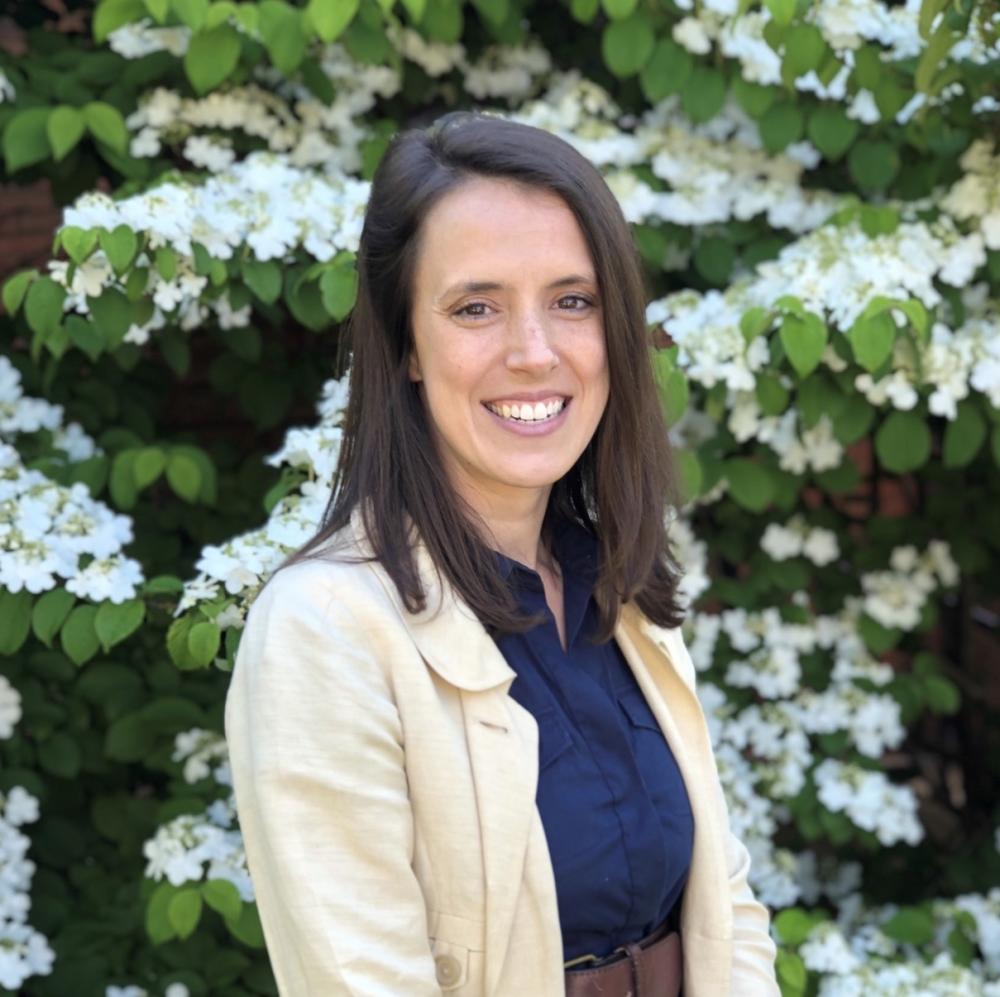
(Image: Getty Images/Unsplash)
Nonprofit workers in the United States on the frontlines of critical social challenges often live in poverty themselves. Nearly 22 percent of nonprofit workers fall below or just above the poverty line, even as they provide essential services that form the safety net for millions, according to a 2024 report.
With the cost of living increasing rapidly, remaining in the nonprofit sector is more and more challenging for workers. “Workers are feeling a huge pinch,” said Jody Levison-Johnson, president and CEO of Social Current. “There is a recruitment and retention crisis across the sector. It’s not new.”
Social Current, a network of more than 1,800 human and social service organizations across the U.S. and Canada, has worked to support nonprofits through accreditation, training, technical assistance and policy advocacy for years. But even with that support, the organizations in its network are buckling under financial strain. In 2018, the organization found that one-third of nonprofits had less than one month of operating expenses on hand, Levison-Johnson said. Many operated with persistent deficits, and one in eight were insolvent.
“I remember writing proposals to government agencies, and they would ask us to shave funding, and the funding we eventually received ended up not even covering costs,” Levison-Johnson said. “Nonprofits often turn to fundraising events — galas, golf tournaments — not to grow their missions, but just to fill the gap. Our funding model has long outlived its usefulness.”
The nonprofit sector accounts for 5.6 percent of the U.S. GDP, a footprint equal to the hospitality industry, according a report from the national membership organization Independent Sector. It is historically underfunded and misunderstood, but it is suffering from as much of a narrative problem as a financial one, Levison-Johnson said.
“The prevailing public perception sees nonprofits as charities designed only to serve the needy and less fortunate,” she said. “That lens contributes to an ingrained societal belief that nonprofits should operate with minimal resources, regardless of the immense value they provide. Nonprofits should be able to recruit and retain talent and pay at the levels that are competitive with other industries.”
Social Current spearheaded a campaign to change the way people think and talk about nonprofits. “Even the word nonprofit is a problem,” Levison-Johnson said. “It contributes to a narrative that devalues the sector. When we do create profit, it should be reinvested in the organization. We shouldn’t be poor because of our mission-driven work.”
These misconceptions about the nonprofit sector lead to chronic underfunding and unrealistic expectations. Levison-Johnson said she prefers to call the nonprofit field the “social sector,” arguing that it isn’t just about optics, it’s about survival. “People don’t realize that the social sector is part of the economic engine,” she added. “We employ people, pay health insurance, procure goods and services. We are not an accessory. We are essential.”
Against this backdrop, Social Current has launched a new initiative in partnership with the filmmakers behind UnCharitable, a documentary about the damaging myths holding the nonprofit sector back. When UnCharitable began gaining traction, Levison-Johnson and the team at Social Current approached the filmmakers to collaborate on a new project inspired by the film.
The two teams launched a multi-year initiative designed to help nonprofits get the resources they need and scale solutions that do so. They’re in the process of selecting five communities across the U.S. and Canada to build teams of community members that will work together to design solutions with support from Social Current.
Each group will receive research support, technical assistance, communications expertise, and operational guidance to tackle the most pressing social issues faced by the community, local nonprofits and the broader social sector. A documentary series will also follow the five pilot communities through their journeys.
“This is an opportunity for the nonprofit sector to collaborate with the philanthropic community on new funding models and strategies,” Levison-Johnson said. “We want to use these communities as laboratories to test what works, whether it’s shifting the perception of philanthropy, solving homelessness, or creating venture philanthropy models to seed innovation.”
Amid shifting federal policies in the United States and growing needs, the sector faces a pivotal moment. “When things started shifting in this administration, we realized that now is the time to campaign around the impact of the social sector and what that means for the government,” she said. “When we look at efficiency, many of our organizations are more efficient than the government, so now more than ever is the time to elevate the profile of the sector.”
But mobilizing communities already stretched thin comes with challenges. “It is going to be an investment to raise funds to do this, and it’s an investment of time when people feel stretched,” Levison-Johnson said. “They need to believe in it, and devote time and resources to contribute to a scalable solution.”
At the end of the project, Social Current plans to expand the solutions to the rest of the sector through education, policy and advocacy. But the work will take time. In a society conditioned for instant results, Social Current is working for long-term change.
“The narrative around the nonprofit sector is what holds us back,” Levison-Johnson said. “It’s not the people or that the problems are too big. It’s the way the sector is perceived and funded. Communities should have the capital, talent and freedom to come up with solutions they think will work in their communities. They should be able to implement without being held back. But changing hearts, minds, behavior and beliefs is long-term work.”

Mary Riddle is the director of sustainability consulting services for Obata. As a former farmer and farm educator, she is passionate about regenerative agriculture and sustainable food systems. She is currently based in Florence, Italy.














